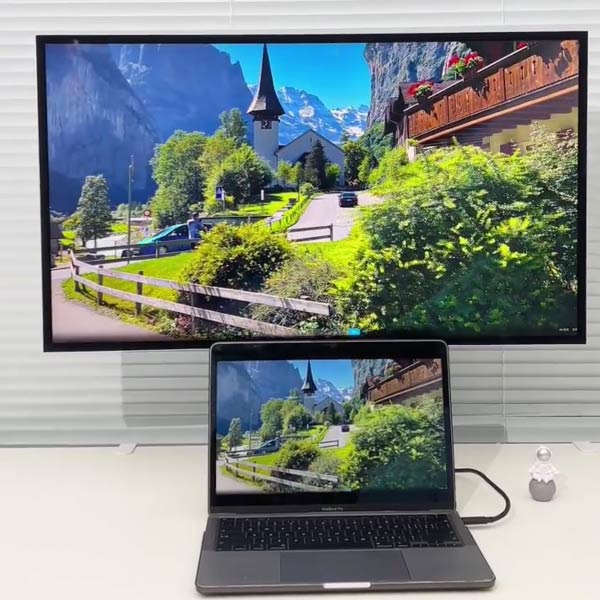
Displays are an essential component of our daily lives, from smartphones and tablets to laptops and television screens. When it comes to choosing the right display technology, many individuals are concerned about an issue that has plagued older screens: burn-in. However, with the advent of In-Plane Switching (IPS) technology, this problem seems to be a thing of the past. In this article, we will explore why IPS displays are immune to burn-in, the science behind it, and the advantages of choosing IPS screens for various applications.
Understanding Burn-In and Its Impact on Displays
Burn-in, also known as screen burn or image retention, is a common issue in older display technologies such as CRT, early-generation LCD and today’s OLED screens. It occurs when static images, icons, or logos are displayed for extended periods, resulting in the permanent retention of those images on the screen. This phenomenon can be frustrating and reduce the overall lifespan of a display.
The IPS Advantage
IPS Display Technology Explained
IPS stands for In-Plane Switching, and it is a type of LCD (Liquid Crystal Display) technology that addresses many of the limitations of older display technologies. IPS panels are known for their excellent color reproduction, wide viewing angles, and most importantly, their immunity to burn-in.
How IPS Screens Work
Unlike other display technologies, IPS screens use a unique arrangement of liquid crystals that are aligned in parallel to the display’s surface. This design allows the crystals to rotate freely, ensuring consistent and stable performance over time. This characteristic is in stark contrast to older technologies like TN (Twisted Nematic) displays, which are more prone to image retention and color distortion.
The Science Behind IPS Immunity to Burn-In
Consistent Pixel Activation
IPS screens activate individual pixels to display images. Each pixel is controlled independently, and this dynamic control ensures that no pixel remains in a static state for an extended period. As a result, there is no opportunity for a static image to “burn in” on the screen.
Improved Pixel Refresher Algorithms
Manufacturers of IPS displays have developed advanced pixel refresher algorithms. These algorithms periodically shift the pixel colors slightly to prevent any uneven wear on the screen. This proactive approach further ensures that burn-in is virtually impossible on IPS screens.
Organic Light-Emitting Diodes (OLED) Comparison
It’s worth noting that while IPS screens are immune to burn-in, OLED displays, which are known for their vibrant colors and deep blacks, are more susceptible. OLED screens use organic compounds that can degrade over time, leading to burn-in if static images are displayed extensively.
Advantages of Choosing IPS Displays
Superior Color Accuracy
One of the primary advantages of IPS displays is their exceptional color accuracy. This makes them the preferred choice for professional photo and video editing, as well as graphic design. The colors you see on the screen are true to life, which is crucial for many creative applications.
Wide Viewing Angles
IPS screens offer wide viewing angles, which means that the colors and contrast remain consistent even when viewed from extreme angles. This feature is ideal for larger screens or when multiple people are viewing the display simultaneously.
Extended Lifespan
Thanks to their resistance to burn-in, IPS screens have an extended lifespan, making them a cost-effective choice for long-term use. Users can enjoy their screens without worrying about image retention.
Versatile Applications
IPS displays are widely used in various devices, including computer monitors, laptops, tablets, smartphones, and TVs. Their adaptability to different applications is a testament to their reliability and performance.

Conclusion:
In conclusion, IPS displays have revolutionized the world of screens by addressing a persistent issue that older technologies struggled with: burn-in. The science behind IPS immunity to burn-in is based on consistent pixel activation and advanced pixel refresher algorithms. These factors, combined with the inherent advantages of IPS screens, make them the preferred choice for a wide range of applications, from professional work to casual entertainment. So, when considering a new display, you can confidently choose an IPS screen, knowing that you won’t have to worry about screen burn-in. Enjoy vivid, accurate, and long-lasting visuals with IPS technology.